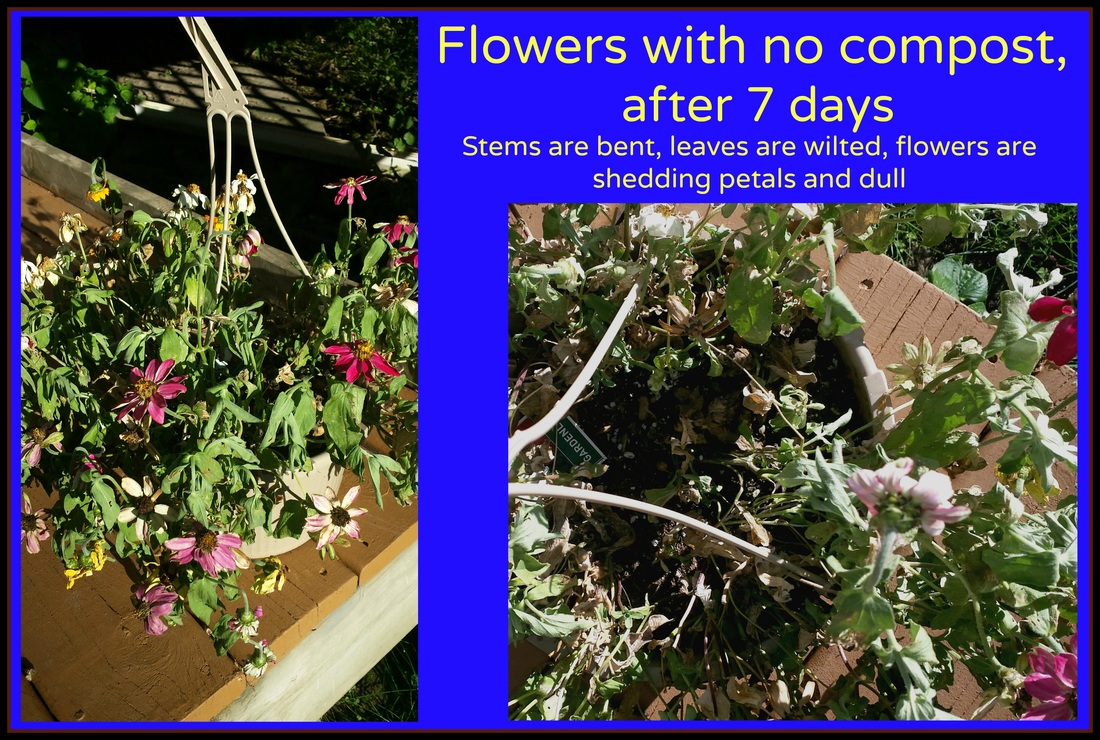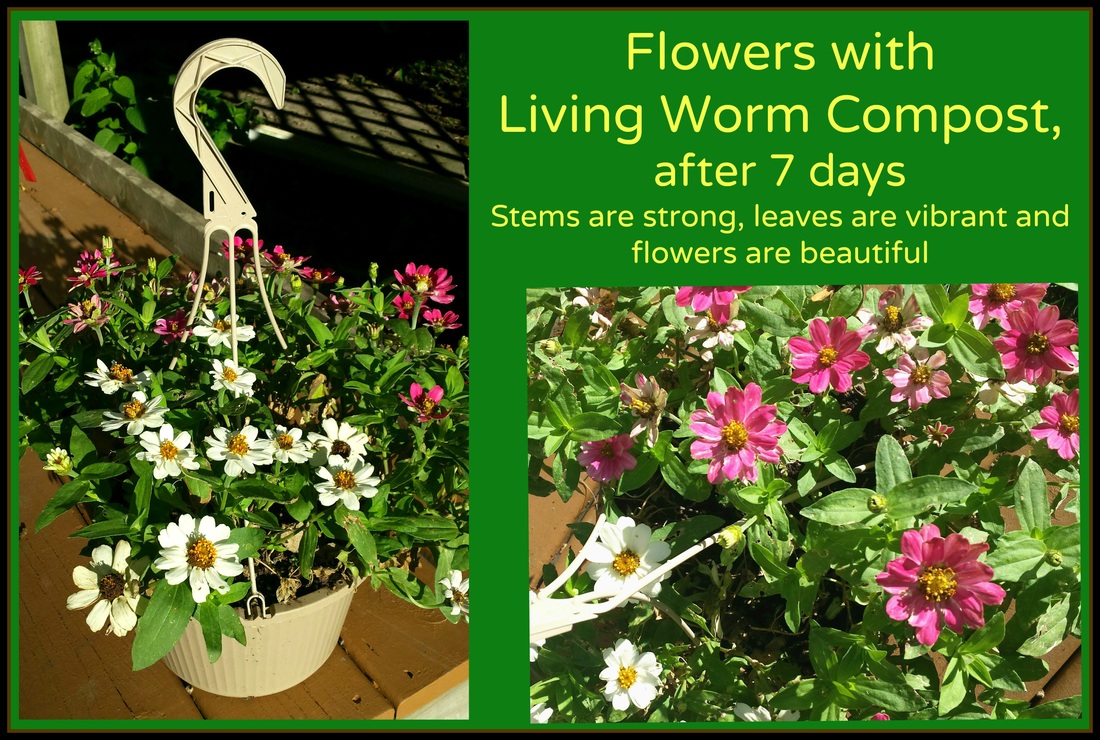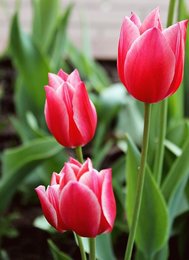 In West Michigan this time of year, especially in the Holland area, it's hard to avoid the hype around the tulip-- and for good reason. These bulbous members of the lily family are an annual reminder that spring has sprung; they thrive in areas with dry summers and cold winters, so West Michigan is a great place to enjoy them. If you're interested in growing tulips, or even if you've had them in your yard for years, we've got some tips for getting the most from these beautiful perennials. For planting:
Tulips don't last long, but they are a welcome flash of color after a cold gray winter. Follow these tips and yours will be the envy of the neighborhood for years to come. Source: Farmer's Almanac. Read more on raising tulips here.
0 Comments
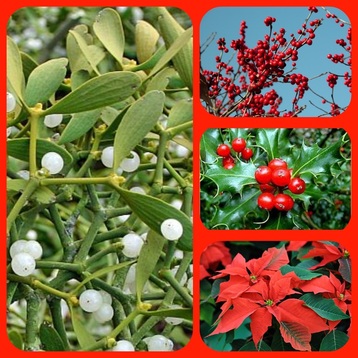 Clockwise from left: Mistletoe, English holly, winterberries, Poinsettia plant Clockwise from left: Mistletoe, English holly, winterberries, Poinsettia plant When you think of Christmas plants, what comes to mind? For me, there are three biggies: Mistletoe, poinsettias and holly. But how did these plants come to be associated so strongly with the Christmas season? And is it possible to grow these plants in our yards here in Michigan (and other cold-weather climates)? Here's a look at each of these three festive plants. First, pucker up-- let's step under the mistletoe. Mistletoe is essentially a parasitic plant that attaches itself to a tree or bush and leeches water and nutrients from its host. It's typically been considered a pest species that does little more than stunt the growth and prematurely kill populations of trees and shrubs. However, in recent years, scientists have done studies on the effect of mistletoe on ecosystems, and the results are pretty great. They've discovered that a wide variety of animals depend upon the mistletoe for their survival. The leaves, the shoots and berries provide food for several varieties of birds and animals, helping to create more biodiversity than an area that has no mistletoe present. Certain types of birds, including the spotted owl, also roost and nest in mistletoe shoots. A number of butterfly species in North America also depend upon mistletoe for their survival. Finally, the presence of mistletoe means the host tree has a better chance of spreading its seed; as birds are drawn to the attractive berries of the mistletoe, they are more likely to eat the berries and seeds of the host as well, thus passing seeds over wider areas. Most mistletoe has teardrop-shaped or oval leaves with smooth edges that stay green all winter. The plant produces white berries which are poisonous to humans, but are a valuable food source for many birds. When a sticky seed, found inside the berry, finds its way to a suitable source (the branch of a tree or shrub), it sends out roots into the branch of the host to begin drawing water and nutrients. As the plant matures, it grows into a large basket-like shape that can weigh upwards of 50 pounds. The tangled mass of branches are sometimes called a "witches broom." So how is it these parasitic evergreens have become the catalyst for stolen kisses at Christmastime? Like many non-Christian traditions we find during the Christmas season (decorated trees, lights, a midwinter feast), the tradition has pagan roots. The mistletoe was a symbol of love in Norse mythology. Elsewhere in Europe, the Druids hung it in their homes for good luck and also used it in an elixir to cure infertility. In 18th century England, the serving class began using it as a Christmas decoration, probably due to the lush green color the leaves still bore in December, and started the tradition that a man may kiss any woman standing under a mistletoe sprig. If she refused, she'd be burdened with bad luck. A variation on the tradition suggests that a berry must be removed each time a couple kisses under the mistletoe, and when all berries are gone, so are the kisses. Because mistletoe requires a host plant to germinate and grow, it's not easy to grow your own (at least to cultivate it). It grows best on apple trees, so most farmers that grow mistletoe for Christmas cash crop do so on those. Typically, you would need to find trees with mistletoe already growing in it (easy to spot in the winter when trees are otherwise bare), and harvest it from there. I wouldn't recommend that, however, since it would require special climbing equipment to cut it down. So at the end of the day, this is a plant you're best off buying from a nursery or other store selling holiday foliage. In fact, just leave this plant to the pros. So how about holly? There are several types of American hollies-- two of the most popular are the winterberry and English holly. The winterberry is grown mostly for its bright berries, which grow on thin branches and are great for using in holiday displays and wreaths. The English holly is a bit more of the traditional "holly" look that many people like-- shiny flat leaves with pointy edges, varying shades of green and bold red berries. Different cultivars of English holly can be found in North America, Asia, Europe and North Africa. Growing holly in your yard can add a nice splash of color in the dreary winter months, and add a fullness to your foliage in the spring and summer. Winterberries thrive in wet, swampy conditions, and can do well in shady conditions, although more sun typically means more berries. English holly likes moist, but well-drained, soils, slightly acidic and with ample sun. If you want to grow your own holly bush, you need to keep in mind that most holly varieties require male and female plants growing near each other to produce berries. Only the female plants have berries. The best time to plant holly bushes is in either the spring or fall, when it's cooler and wetter. Like mistletoe, the tradition of holly at Christmas comes from Druid rituals. The Druids would decorate their homes with holly at the winter solstice to ward off evil spirits. Finally, let's talk poinsettias. This plant is a native of Mexico and derives its English name from Joel Roberts Poinsett, the first United States Minister to Mexico. Contrary to popular belief, the bright red (or sometimes orange, pink, white or yellow) petals aren't flowers, but rather leaves called bracts. The bracts derive their color through photoperiodism, which means they require darkness to attain their color (typically 12 or more hours a day of darkness for at least five straight days). At the same time, for the bracts to achieve an optimal brightness, they need a lot of sunlight during the day. The Poinsettia's association with Christmas began in 16th century Mexico, where legend has it that a little girl was too poor to purchase a gift for a celebration of Jesus' birthday, so she gathered wild plants and weeds growing along side the road and placed them at her church altar; through a Christmas miracle, crimson blooms emerged from the weeds and became beautiful Poinsettias. In the 17th century, Franciscan friars in Mexico regularly included them in their Christmas decorations, with the star-shaped petals representing the Star of Bethlehem and the bright red color representing the blood of Jesus' sacrifice on the cross. Poinsettias grow best in tropical or sub-tropical climates, where they won't encounter frost. They can be grown indoors, as long as they can receive abundant sunlight, followed by absolute darkness. During the fall, for the two months leading up to the winter season, they should be exposed to long periods of darkness to bring out their color, followed by abundant sunlight (artificial sunlight is good). And when I say dark periods, I mean the Poinsettias need dark periods! Any incidental light-- television light, light from a neighboring room, a nightlight, etc-- will be detrimental to the plant's color development. Hope your holiday season is great and full of some amazing foliage! 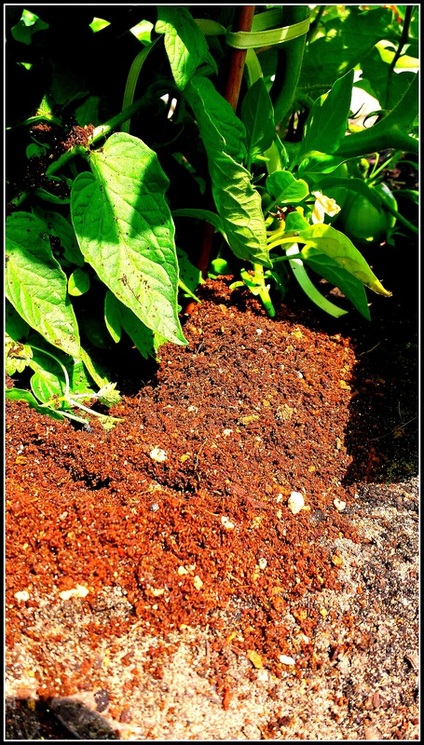 A tomato plant top-dressed with Good Sweet Earth's Bold Tomato-- July 7, 2016 A tomato plant top-dressed with Good Sweet Earth's Bold Tomato-- July 7, 2016 Back in the spring, as you were getting your garden ready for the year, you most likely worked some compost into your soil (hopefully Good Sweet Earth's Living Worm Compost!), you planted your garden and now you are waiting for those first red tomatoes of the year… or maybe you’re already enjoying some fruits of your labor. So there’s nothing left to be done, but pick cucumbers and make pickles, right? Unfortunately, no. Your plants continue to need nutrients throughout the season! Now if you’re growing your garden the right way—organically, with no chemicals-- that means Miracle Gro isn’t an option at this point. But the plants still need some food—so what do you do? Six words: Top dress, top dress, top dress. If you want to maintain your chemical-free organic garden, and see amazing results, you need to top dress your plants at least once during the growing season. This tried and true organic garden practice is easy and your plants will flourish. I’m serious, they’ll absolutely explode. In fact, I’ve seen a tomato plant more than double its production from year to year when top dressed with Worm Compost. Here’s what you do: take some Living Worm Compost and place a layer around the base of your plant approximately ½ inch think and 3 inches wide. After spreading it around your plants water deeply to let the nutrients go down into the soil. Take care not to spread compost in the bare spots in the garden as you don’t want to feed the weeds! Here’s the best part: Living Worm Compost can be applied as often as you like—you’re never gonna overdo it or burn the plants. But at a minimum, you need to do it at the beginning of the season and again when your plants start fruiting. Pair Living Worm Compost with our Worm Tea and you’ll see some amazing results! Did you know that Living Worm Compost can also be used on potted plants as well as your lawn? If it grows in soil, Living Worm Compost will feed it! Try a bag, and see how much of a difference top dressing can make. If you've got tomatoes, try top dressing with Bold Tomoto. Got roses? Try Dulce Rosa. You'll be amazed by the results! -Corey Veldheer, Certified Master Gardner, Michigan State University Extension & owner of Good Sweet Earth We recently purchased two hanging zinnias. They both looked a little rough when we brought them home, so we decided to do a little experiment. We top-dressed one pot with a half-pound of Living Worm Compost (added a thin layer of the compost to the top of the soil), and we added nothing to the other. For seven days, we watered both pots equally and sat them in the sunshine all day. At the end of the week, the difference was absolutely remarkable! Check it out: Ready to top dress your garden and flowers now? Check out our all-natural soil amendments.
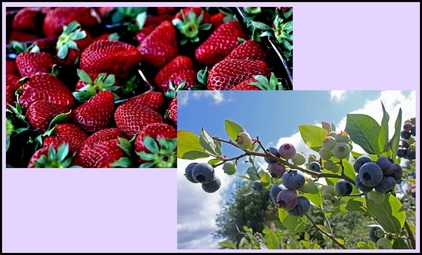 Strawberries and blueberries are west Michigan garden staples Strawberries and blueberries are west Michigan garden staples March and April are frustrating months for gardeners in west Michigan. If you’ve been dreaming of getting your garden in the ground, but you look out the window and see snow in your yard, then now is the perfect time to put your dreams on paper. Every successful gardener has a list of what they want to grow that year so that they know they'll have the space for every plant. Are you new to gardening and wonder what grows well here in Michigan? Well wonder no more; here are the basics: Most summer gardens here in Michigan have the staples of cucumbers, tomatoes, and zucchini. Sweet and hot peppers, eggplant, and green beans also grow well here. If you are looking to plant earlier than mid-May think lettuce, snap peas, kale, and carrots. Your options for vegetables are really endless, which makes gardening in Michigan very exciting! Do you have fruits on your list this year? Strawberries and blueberries do well in Michigan. Cherry and apple trees are also Michigan staples. Watermelons and muskmelons also do well if you have a large enough area or grow smaller varieties up a trellis. If flowers are more your passion, then you are in luck too. Zinnia, marigolds, cosmos, salvia, sunflowers, and petunia are all beautiful annuals (they come up once, then die). If perennials (they come up year after year) are what you are after try coneflowers, Lenten roses, black-eyed susans, allium, sedum, Russian sage, or asters. Once you know what you want to grow, map it out, put it on paper. Then when the weather starts to improve, its time to get dirty. Happy gardening. West Michigan yard farmers: For questions on gardening, or if you'd like to go organic in your garden this year, drop Master Gardener Corey Veldheer a line at [email protected]. We also offer a Garden Consultation Service to help you navigate through an entire growing season; for more info click here. |

